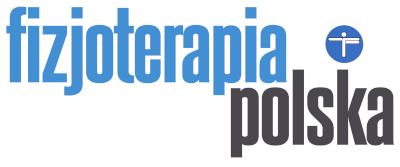Clinical neuropsychological evaluation of the spinal neuromechanisms of stance or stride after damage to the brain or spinal cord
Ryszard Kinalski
Ryszard Kinalski – Clinical neuropsychological evaluation of the spinal neuromechanisms of stance or stride after damage to the brain or spinal cord. Fizjoterapia Polska 2001; 1(2); 183-186
Abstract
Background. The object of discussion is the suitability of certain neuropsychological methods of clinical testing to objectivize and quantify disturbances of spinal neuromechanisms subsequent to stroke or spinal cord damage. Method. The author, on the basis of the author’s own observations and a survey of the literature, discusses the usefulness of anticipatory postural adjustment and Hoffmann’s reflex modulation testing for patients of brain damage, and evoked potentials and polyelectromyography in cases of spinal damage. Conclusion. The results of clinical neuropsychological testing of patients following stroke or spinal cord damage can be used to quantify the status and evolution of the spinal neuromechanisms involved in stance and stride.
Key words:
clinical neurophysiology, brain damage, spinal cord damage, stance, stride
| Invalid download ID. | Pobierz bezpłatnie artykuł w j. angielskim |

